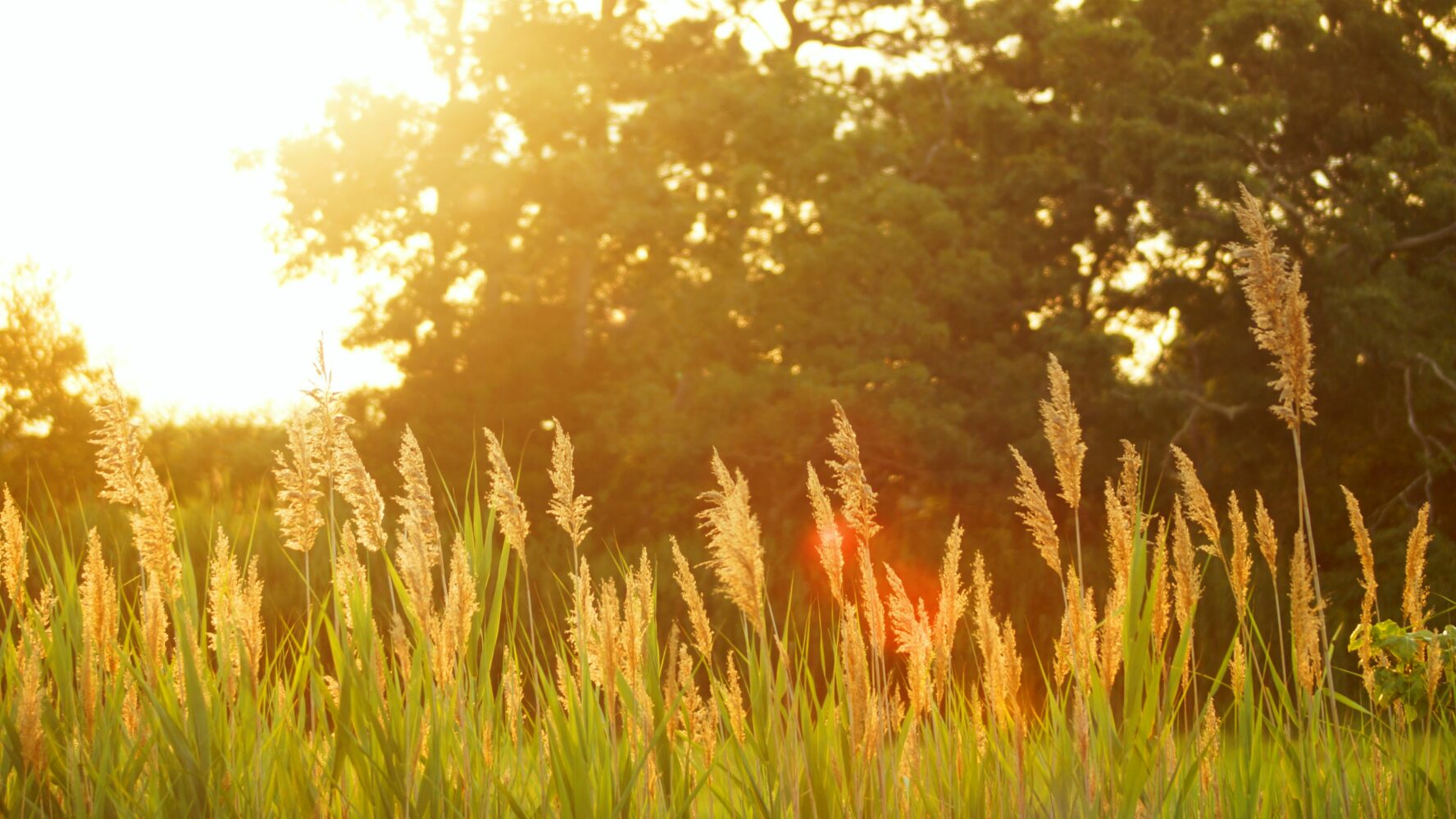
What is the summer solstice?
The summer solstice has the longest period of daylight and shortest night of the whole year. The winter solstice is the shortest day of the year, with the longest amount of hours in darkness.
Each solstice happens twice a year, once in the southern hemisphere and once in the northern hemisphere. The further north, the longer the day becomes. Around the time of the summer solstice, inside the Arctic Circle, the sun doesn’t set below the horizon for 24 hours. This is a natural occurrence called the Midnight Sun.
The date of the summer solstice varies each year, but usually takes place between 20–22 June in the northern hemisphere. This year, in the northern hemisphere, the summer solstice occurs on 21 June 2023.
The summer solstice also coincides with a festival called Midsummer’s Day. Midsummer’s day traditionally marked the midpoint of the growing season, halfway between planting and harvesting. In Celtic tradition, the year was divided into four quarters, marked by four quarter days, echoing the rhythm in the way that people farmed. At the Midsummer Day festival, farmers would celebrate their anticipated good harvest.
The significance of the summer solstice in the Christian calendar
In the 4th century AD, the English church began to celebrate Saint John’s Day also known as the feast day of Saint John the Baptist. The Feast Day celebrates the birth of John the Baptist on 24 June. This is the point in the year when we’re halfway to Christmas and the depths of winter, when there’s only six months to count down until celebrating Jesus’ birth. This holy day is still celebrated across the world today.
The summer solstice marks six months into the calendar year. The end of winter, the hope of spring and the beginning of glorious summer. Farmers could only celebrate their anticipated harvest due to the hard work they’d already put into the land. The summer solstice is a good reminder to pause and reflect on the past six months. Is there any hard work you’ve been putting in during the last six months you can begin to see the harvest for? Or is there an area of your life you want to invest in over the next six months, to see the beginnings of harvest at Christmas time?
A time for gratitude and joy
I’ll be using the summer solstice to remind myself how grateful I am for summer and all the beauty in nature that comes with it; the flowers at their most joyful and fragrant, trees heavy with deep green leaves and birds narrating the day with their song. I’ll be thinking about how I can carry this joy with me throughout the rest of the year.
What do you want to sow now to reap in your next harvest?






